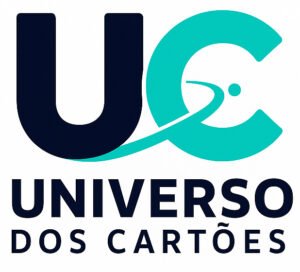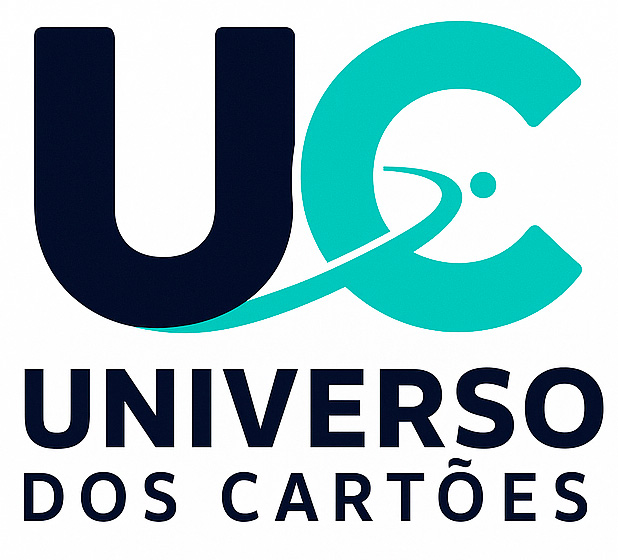Minha Casa, Minha Vida is undoubtedly the largest social housing program ever implemented in Brazil. Created in March 2009 during Lula's administration, it was designed to democratize access to housing by providing subsidies and easy credit lines for low-income families in both urban and rural areas.
Program changes and adaptations
Since its inception, the Minha Casa Minha Vida program has delivered millions of homes. By 2024, approximately 7.7 million units had been completed.
Other reports indicate an even higher number, reaching 8.4 million units delivered, with some variation in the numbers.
In the context of the previous decade, there was also a major reformulation of the program, with the emergence of Casa Verde e Amarela, but Minha Casa Minha Vida (MCMV) was resumed on February 14, 2023, keeping the initial name and introducing new guidelines.
New MCMV rules and ambitious goals
With the resumption of the program in 2023, many changes have been defined:
- The reintroduction of Band 1 took place, now open to families with a monthly income of up to R$2,640 (previously it was only R$1,800)
- The income ranges covered have been expanded: up to R$8,000 per month in urban areas and R$96,000 per year in rural areas.
- The future use of FGTS as a financing resource, in progress since April 2024
- Delivery of 21,000 units in 2023, in addition to resuming another twenty-two thousand halted projects, with the contracting of more than 500,000 new homes
- By the end of 2024, the program had accumulated almost 1.2 million units, with an expected target of 2 million by 2026 (or exceeding it, reaching 2.3 million).
MCMV Structure Patterns
The program's buildings must meet quality and infrastructure standards: area must be 40 m² for houses and 41.5 m² for apartments, in addition to having access to treated water, electricity, paving, sewage and structures adapted for people who are elderly or have disabilities.
Social and economic impacts of Minha Casa Minha Vida
The MCMV program had a huge impact not only on housing but also on social issues and the Brazilian economy. It created direct and indirect jobs in the construction industry and even boosted the country's economy. It also promoted greater social stability, lifting many families out of precarious conditions and helping them access basic infrastructure.
It also stimulated urban development, bringing greater integration to the regions served by public services and transportation. The program is not just about construction, but also about social inclusion, citizenship, and even dignity, allowing countless families, for the first time, to build wealth and escape the cycle of vulnerability.
Biggest Challenges of this benefit
Despite its many successes, the program still faces significant criticism. Its peripheral location is often a hindrance, with many developments located far from urban centers, hindering access to jobs and services. Furthermore, the quality of the buildings doesn't always maintain the same standards, and in some cases, there are even flaws in the execution.
Beyond the material issue, there are also instances of bureaucracy and delays. The selection and delivery processes are excessively complex, making access difficult for the most vulnerable families.
Who can participate in the benefit?
In 2025, families with a monthly income of up to R$8,000 in urban areas or an annual income of up to R$96,000 in rural areas will be eligible to participate in Minha Casa, Minha Vida. Band 1, intended for the most vulnerable families, includes a monthly income of up to R$2,640. Homeless families, female heads of households, and people with disabilities are also eligible. The program prioritizes those who do not own their own home, have not benefited from other housing programs, and meet the selection criteria defined by the municipality, state, or federal government.


